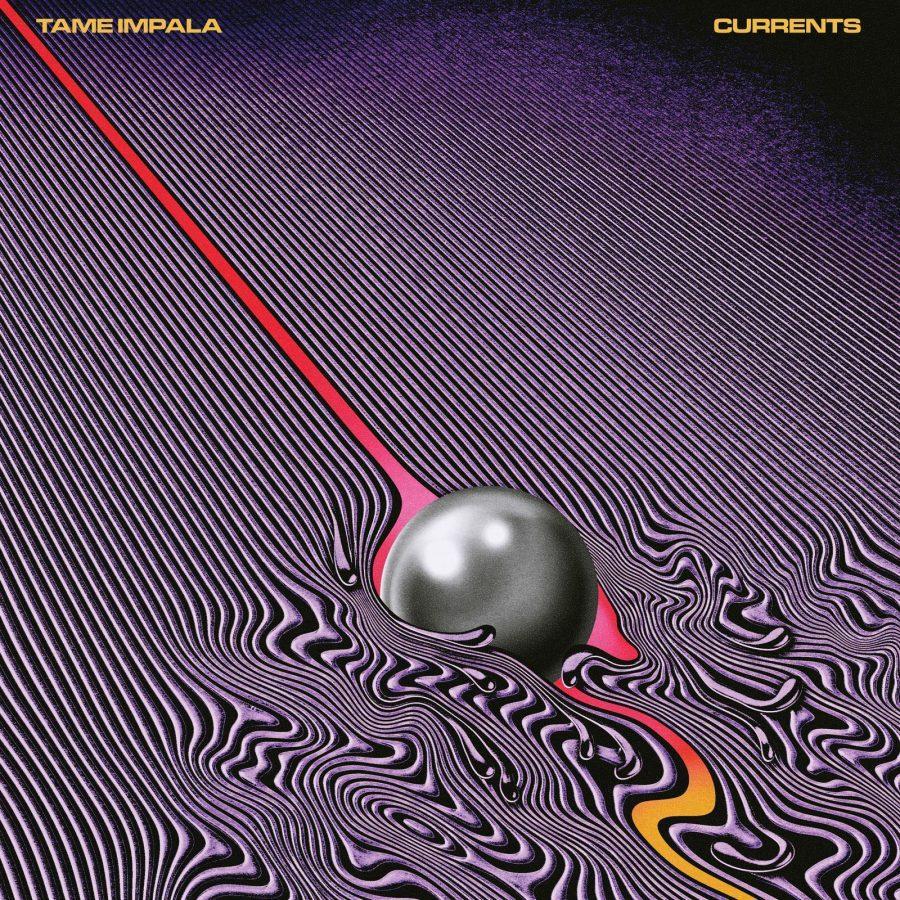Album art is the face of music. It is a visual representation of what’s inside an album. It isn’t always as on the nose as the Beatles strutting across Abbey Road on a beautiful London day. Sometimes, it’s the duo from Hall & Oates staring deeply into each other’s eyes and covered in sweat in an intense close-up, like on “H2O.” Other times, it’s abstract, like Tame Impala’s “Currents,” which depicts a silver ball being pulled through a psychedelic pool of purple stripes.
“Bad album art doesn’t give me a sense of what the album is going to sound like,” Steinhardt sophomore Sidney Kissane said.
CAS sophomore Rachel Kirkham criticized a lack of creativity with albums that simply showcase the musician themselves without any sort of artistic statement.
“Honestly, I hate album covers with basic pictures of the artist,” Kirkham said. “I like to see the artist name and album title in a small section of the cover so we know exactly who it is, but that should not be the overarching focus.”
If a lack of artistic intention makes bad album art, Kirkham thinks good album art must be thoughtful and encourage reflection.
“There should be artistic intention that is not obvious but also not impossible to understand,” Kirkham said. “Something that relates or is meaningful to the artist as a whole or in the creation of the album in particular.”
Kissane offered the example that sometimes good album art helps enhance the sounds and themes of an album, noting the example of Paramore’s “After Laughter,” an upbeat-sounding album with melancholy undertones. The cover is a pastel and neon collage of shapes and objects like a mirror and the edges of pages.
“If I’m torn between two records that I want and I like both of their music the same, I’m more likely to go with the one that has better cover art,” Kissane said. “I don’t think that a bad album cover can break an album, but it can definitely make an album.”
CAS junior Daniel Cienava said his favorite album art is the picture that appears on the cover of indie rock band Beach House’s self-titled album. The album, whose cover features a picture of the roof of band frontman Dustin Payseur’s parent’s porch, was an independent project created entirely by Payseur himself.
“It really exemplifies the whole DIY culture surrounding their first album,” Cienava said. “It’s really fitting when you have this simple yet robust picture that kind of compliments the entire album being solely homemade. It kind of harkens back to the whole idea of a homemade album by taking a picture from one’s home and using that as the cover.”
Vinyl’s resurgence has increased attention to cover art, since many collectors choose which records to buy based on how they look aesthetically.
“When browsing for vinyl, all I look into is album art,” Kirkham said. “If I am going in blind, the art brings the initial attraction to the music.”
Though the avenues the public use to consume music continue to evolve, album art remains an integral component.
“The music platforms we use now, like Spotify, showcase album art,” CAS sophomore Helena Dahl said. “The relationship between the art and the music plays a major role in the album’s attractiveness.”
Music can be independent and purely auditory, but good album art can enhance the album and make it transcend music — it can become a visual representation of an artist’s sound and personality.
“It can elicit emotions in a similar way that the album itself does,” Kissane said.
A version of this article appears in the Monday, Oct. 7, 2019, print edition. Email Izzy Salas at [email protected]























































































































































